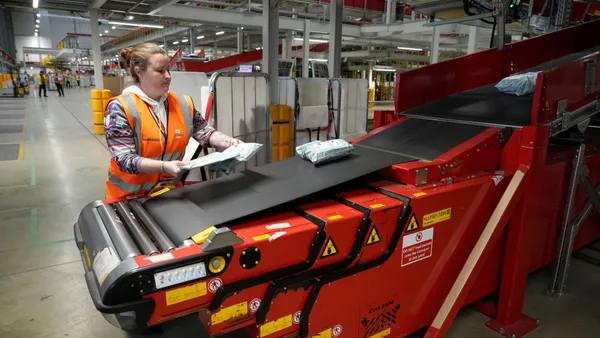Michael Prendergast, Joanna Rangarajan and Sanjay Srikanth are managing directors and partners in Alvarez & Marsal’s consumer and retail group. All opinions are the authors’ own.
As global tariff deadlines approach, this isn’t a time for incrementalism. With the pending Aug. 1 and Aug. 12 expirations of tariff pauses, brands and retailers are reacting with a mix of superficial fixes, paralysis, and denial.
Some say they are calling vendors or floating price increases, but when pressed, there’s limited traction. Activity levels are shockingly low. Leaders are mistaking this brief window of relative calm for stability, when in fact it’s the calm before another wave of disruption.
The truth is that this tariff turmoil isn’t just another headache to absorb. It’s a license to act, a forcing function, a rare moment when leadership should make tough calls that are long overdue. Selling, general and administrative costs should be coming down by 15% to 20%, not just to protect margins, but to fund the transformation to absorb increased costs and stay competitive.
Tariff pressure should be driving companies to make the hard changes they’ve been putting off: streamlining operations, trimming bloated cost structures, confronting inefficiencies head-on, and, as a result, reducing two-year forward financial plans.
Michael Prendergast, Joanna Rangarajan and Sanjay Srikanth are managing directors and partners in Alvarez & Marsal’s consumer and retail group. All opinions are the authors’ own.
There’s also a dangerous overreliance on simplistic solutions, such as raising prices to offset tariffs. That’s not a strategy; it’s a delay tactic. Worse, those who rely solely on pricing moves risk eroding brand trust and customer loyalty, particularly in an inflation-fatigued market. Furthermore, they will likely see themselves promoting deeper to move the inventory, retraining the customer to trade discounts for dollars.
What’s most striking is how few companies are talking about the moves that matter, adopting a fast-fashion product calendar, making inventory decisions with real-time data, or cutting out tariff impact from SG&A. These aren’t radical ideas. They’re best practices that should already be in place. But they’re being ignored or deferred because companies are clinging to the illusion that the worst has passed. It hasn’t.
Third and fourth quarter revenue reports are just around the corner, and companies that have not acted decisively will find themselves exposed — caught flat-footed as costs rise, margins erode and supply chains buckle. This is a moment that demands bold, visible action.
Don’t let this crisis pass by you. The companies that move now will be the ones still standing when the dust clears.










